How You Can Help Your Child Become a Better Reader
There’s a lot of discussion about how kids have fallen behind in reading and need some help to get caught up. But how do you know which level your child is at? And how can you help match them to the right books at the right time to help them level up?
You can start with a conversation with your child’s teacher, who should be able to share your child’s reading level with you. Scholastic Books has put together a great list of books that are appropriate for different guided reading levels from Pre-K through Grade 3 and up. Some educators recommend choosing at-home books a level or two below the one your child reads at in school.
Check out our explanation of what each grade reading level means.
The Different Reading Level Ranges
Scholastic Books has their own Guided Reading Program Levels, and they also have Guided Reading Lexile Ranges. There are also the Common Core State Standards Lexile Ranges (CCSS), and the Developmental Reading Assessment (DRA) levels. You can read more about the Lexile Framework for Reading here. The Lexile reader measure can range from below 200L for beginning readers to above 1600L for advanced readers.
The Five Finger Test
To choose books for your child that are the right level, you can have your child do the quick and easy Five Finger Test. Select a book your child wants to read, flip to a page in the middle of the book and ask your child to read the page out loud. Have your child hold up a finger for each word he is not sure of or does not know. If there are five or more words on that page, you should choose an easier book. You can use the five finger rule on two or more pages, just to make sure.
For help choosing books at your child’s reading level, Understood.org has a four step online guide for parents.
Online Reading Tests
There are a variety of online resources that offer reading assessment tests. These can be helpful in indicating a child’s reading level so parents can select appropriate books.
- For students in Kindergarten through Grade 7, Pioneer Valley Books has a free reading assessment test.
- Oxford Online English offers a free English reading level test for adults or older students.
- The Schonell Reading Test determines reading age, not reading grade level.
- You can purchase individual licenses for a Lexile reading test through Meta Metrics.
You Can Help
The important thing to keep in mind is that you can create a positive environment for your child that will help make reading fun and rewarding. While it’s helpful for you and your child’s teachers to know what your child’s reading level is, you should avoid using labels like “slow” reader or “reads below grade level”. You can be encouraging without communicating disappointment or concern that could make your child worry. Not every child is going to turn into an avid adult reader, but you can help make sure that your child has the reading capability they will need to be successful.

